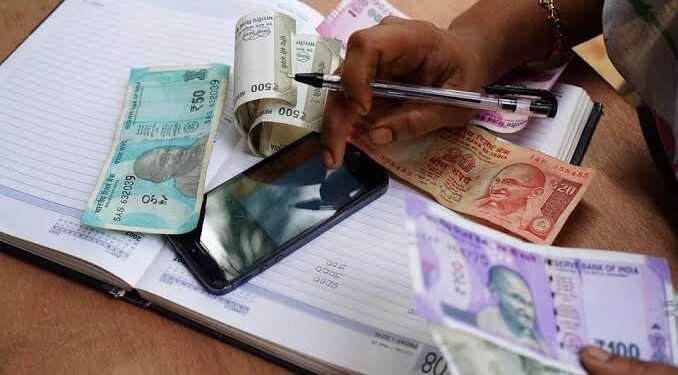Pre-closing a personal loan can save you money on interest and improve your credit score. However, there are four key factors to consider before making this decision:
- Lock-in Period: Check if your loan has a lock-in period. Pre-closing during this period may incur penalties.
- Interest Savings: Calculate the interest savings from pre-closing. Ensure that the savings outweigh any foreclosure fees.
- Credit Score Impact: Pre-closing can positively impact your credit score by reducing your debt-to-income ratio. However, it may also halt your credit score progress if you have a short credit history.
- Financial Goals: Consider your financial goals. If you have other high-interest debts or investment opportunities, it might be better to allocate your funds there instead of pre-closing the loan.
Process of Pre-Closing a Personal Loan:
- Contact Your Lender: Reach out to your bank or financial institution to inform them of your intention to pre-close the loan.
- Get the Foreclosure Amount: Request the exact foreclosure amount, which includes the outstanding principal and any applicable charges.
- Make Payment: Pay the foreclosure amount through the specified mode of payment (e.g., bank transfer, cheque).
- Collect NOC: Obtain the No Objection Certificate (NOC) from your lender, confirming that the loan has been fully repaid.
- Update Credit Records: Ensure that your credit report reflects the closure of the loan.
By evaluating these factors and following the steps, you can make an informed decision about pre-closing your personal loan.

 Business
Business INDIA
INDIA Stocks
Stocks


